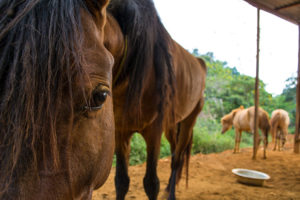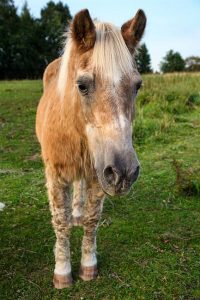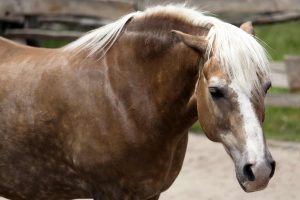
Hind Shoes Improve Hind Limb Movement, Might Reduce Lameness
New research shows sport horses had increased hock angles when the hind hooves were shod and might show reduced lameness.


New research shows sport horses had increased hock angles when the hind hooves were shod and might show reduced lameness.

Meet 3 horses successfully rehabilitated after being malnourished, and learn about the efforts made to save them from neglect.

Find out how veterinarians prevent and treat this painful condition.

Heat, humidity, and race distance significantly increase the risk of exertional heat illness in Thoroughbred racehorses on British tracks.

Establishing a standard glucose testing method worldwide could generate more accurate results, leading to better care and welfare of horses with PPID, or equine Cushing’s disease.

Insulin dysregulation can coincide with high ACTH concentrations in the fall, even when an animal does not have PPID.

Horses might show a slight asymmetry in their gait without being truly lame.

Resin fillings used in human dentistry can offer long-term solutions for preventing and managing infundibular caries.

Timely decision-making could be the life-saving factor for colicking horses.

The horse’s fed vs. fasted state, dose and type of corn syrup, season, and simultaneous endocrine testing might alter the results of this insulin dysregulation testing method.

How to recognize at-risk horses and manage them appropriately to prevent severe disease.

The Type 2 diabetes drug might help horses with chronic hyperinsulinemia and laminitis that haven’t responded to management changes.

Researcher: The BEMER blanket technology provides a medication-free solution for reducing pain in the croup and saddle area.

Researchers found the muzzle and outer nostril region present an alternative and less invasive way to test horses for EHV-1.

A 13-year study showed this PPID treatment improves horses’ clinical signs and quality of life over prolonged periods.

Researchers recently found healthy racehorses tested positive for SARS-CoV-2 following a COVID-19 outbreak among racetrack personnel.
Stay on top of the most recent Horse Health news with